Myths about teaching can hold you back
- Year 5
Multiply a 3-digit by a 1-digit number using partitioning
I can multiply a 3-digit by a 1-digit number using partitioning.
- Year 5
Multiply a 3-digit by a 1-digit number using partitioning
I can multiply a 3-digit by a 1-digit number using partitioning.
These resources were made for remote use during the pandemic, not classroom teaching.
Switch to our new teaching resources now - designed by teachers and leading subject experts, and tested in classrooms.
Lesson details
Key learning points
- 3-digit numbers can be partitioned into hundreds, tens and ones.
- Calculate partial products by finding the product for the hundreds, tens and ones.
- Addition can be used to calculate the overall product.
Keywords
Partition - Splitting an object or value down into smaller parts.
Partial product - Any of the multiplication results we get leading up to an overall multiplication result.
Common misconception
Pupils may partition numbers incorrectly and arrange grid model incorrectly.
Clear teacher modelling, ask pupils 'what does this digit represent?'
To help you plan your year 5 maths lesson on: Multiply a 3-digit by a 1-digit number using partitioning, download all teaching resources for free and adapt to suit your pupils' needs...
To help you plan your year 5 maths lesson on: Multiply a 3-digit by a 1-digit number using partitioning, download all teaching resources for free and adapt to suit your pupils' needs.
The starter quiz will activate and check your pupils' prior knowledge, with versions available both with and without answers in PDF format.
We use learning cycles to break down learning into key concepts or ideas linked to the learning outcome. Each learning cycle features explanations with checks for understanding and practice tasks with feedback. All of this is found in our slide decks, ready for you to download and edit. The practice tasks are also available as printable worksheets and some lessons have additional materials with extra material you might need for teaching the lesson.
The assessment exit quiz will test your pupils' understanding of the key learning points.
Our video is a tool for planning, showing how other teachers might teach the lesson, offering helpful tips, modelled explanations and inspiration for your own delivery in the classroom. Plus, you can set it as homework or revision for pupils and keep their learning on track by sharing an online pupil version of this lesson.
Explore more key stage 2 maths lessons from the Multiplication by partitioning leading to short multiplication (3 by 1-digit) unit, dive into the full primary maths curriculum, or learn more about lesson planning.

Licence
Prior knowledge starter quiz
6 Questions
Q1.Select the multiples of 9
Q2.What comes next in the sequence? 36, 33, 30,
Q3.Fill in the gap:

Q4.Which representations shows 2 × 322
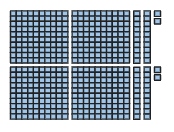
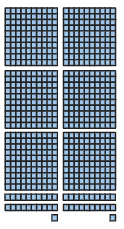
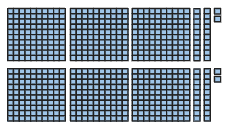
Q5.Which grid model shows 3 × 14
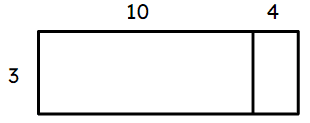

Q6.Use any informal method to calculate 32 x 3.
Assessment exit quiz
6 Questions
Q1.What is the missing multiple: "24, 32, 40, , 56, 64
Q2.The numbers highlighted in purple are known as:
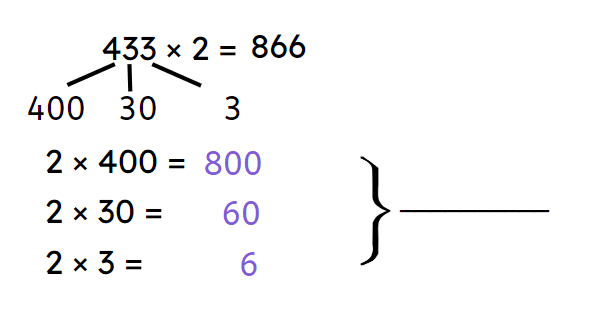
Q3.365 is made of 3 hundreds tens and 5 ones.
Q4.Select the correct grid model for: 4 x 243
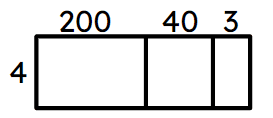
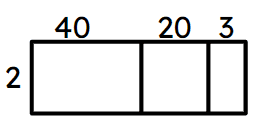
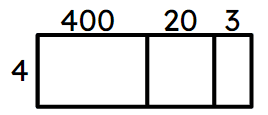
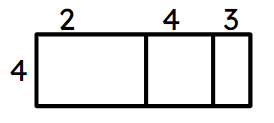
Q5.Choose the correct partial product expression.



